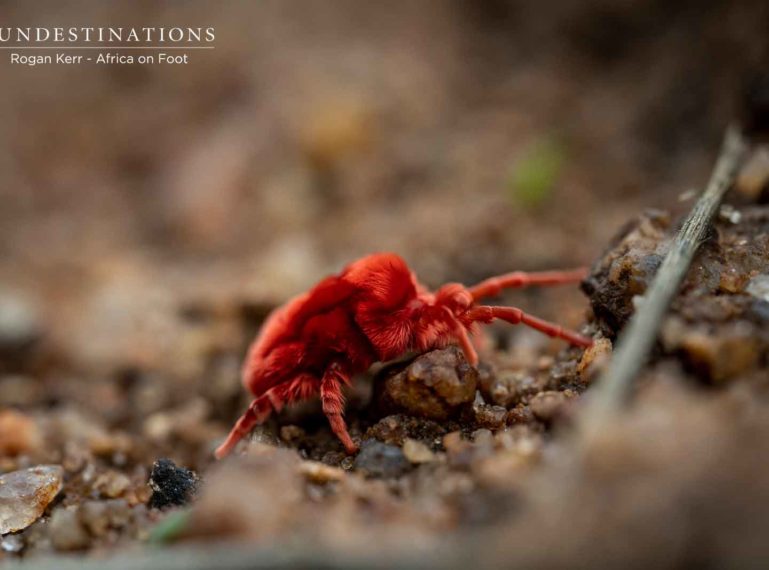
You’re only reading this because of the sensationalist title, aren’t you? I’m glad I caught your attention! I’m not literally referring to the creepy side of the human psyche, but rather the exceptional macro photos of our resident creepy crawlies. After the recent rains, a flurry of new life emerged. Plush red velvet mites always come out after the rains, and provide minute bursts of colour to the carpets of green smothering the bushveld. The creepy crawlies of the bushveld are often overlooked in favour of the big things, but they form a vital part of the ecosystem of the wild. Angele from Ezulwini Game Lodges, Rogan Kerr , Gemma Thomas and Em Gatland dropped to the ground to take a few incredible macro shots of the small things, revealing the “creepy” side to photography. We also threw in a few reptile photos just for the fun of it !
Flap-neck Chameleon
This species is a common resident in Kruger, and guides love locating these colour-changing creatures while out on night drive. When photographing the chameleon there’s no need to act quickly or use slow-mo – they’re intensely calculated with their slow movements. They merge so easily into the background, so they’re often overlooked. This species of chameleon is the most widespread in the country, and counts as our cutest creepy crawly sighting.
Dung Beetles
Dung beetles are found across the globe and they’re definitely our most fascinating creepy crawly. It’s believed that the dung beetle has a built-in compass and navigation system that has the ability to detect wind direction, sunlight hours and other weather conditions. Such innate biological navigational knowledge ensures their ball does not veer off course. Interestingly enough, each beetle takes on a particular role when it comes to dung. There are those that shape the dung into balls and move them away from the middens, there are those that dig a channel in dung pile for rolling, and those that simply live the easy life in the huge dung pile. Dung balls are used as an incubator for eggs, providing an immediate source of food for the youngsters.
Rock Monitors
These prehistoric and seemingly armoured lizards creep around the Klaserie in search of crunchy insects and reptiles to fed their large appetite. They detect this prey by sticking out their forked tongue in the air to triangulate the location of prey. Their massive talon-like claws and strong stocky legs ensure that they can dig up nests and scramble up trees with the greatest of ease. Rock monitors are terrestrial, but the Kruger does enjoy sightings of semi-aquatic monitors.
Elegant Grasshopper
This is the most attractive of our creepy crawlies. A bold grasshopper decorated with aposematic colourings, this alluring looking creature is poisonous to birds and other predators. Its bright colours are a warning to predators to steer clear. The elegant grasshopper’s toxicity is derived from the plants its consume.
Red Velvet Mites
These plush, pincushion looking bugs emerge after the rains. Their crimson velvet bodies look like a scatter cushion that wouldn’t look out of place on your lounge suite. These fluffy red creatures are called red velvet mites and they spend their days hiding in soil litter. Because of their vibrant colouring they are often mistaken for spiders. Interestingly enough, the oil secreted from the red velvet mite is used in Indian medicine to treat paralysis.
Trapdoor Spider
Walk carefully when you’re traipsing through the bushveld. The trapdoor spider builds deep burrows in the ground, and covers the tiny entrance with a layer of fine sand. They use their element of surprise when it comes to attacking their prey. They listen to the gentle vibrations outside of their lair, and bolt through their trapdoor to snag their unsuspecting prey.
Armoured Lily Weevil
This is a unique picture of a mating session taking place between the unique looking armoured lily weevils. The robust shell covering its body protects its delicate inside, and is used as a defence mechanism agains ruthless predators.
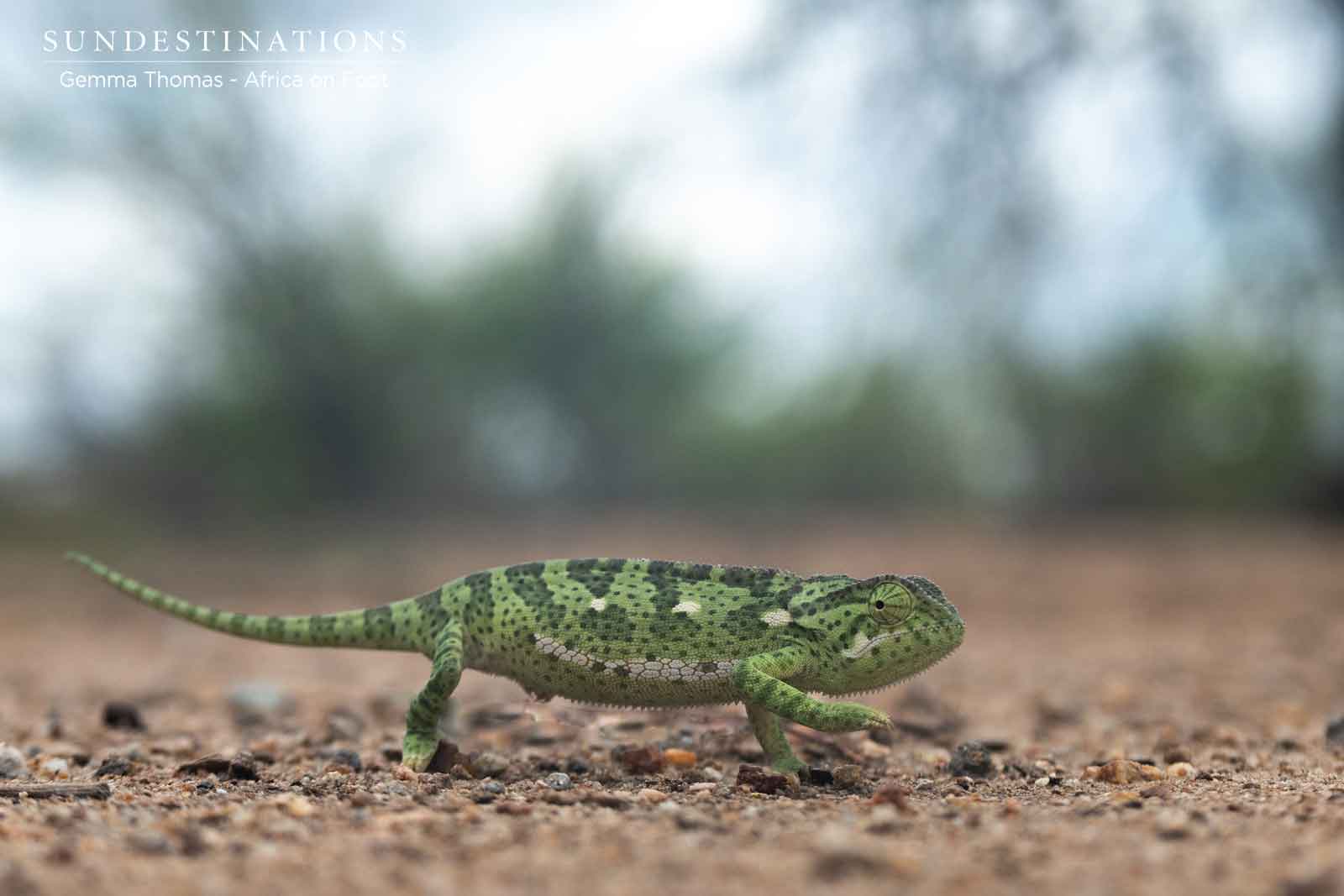
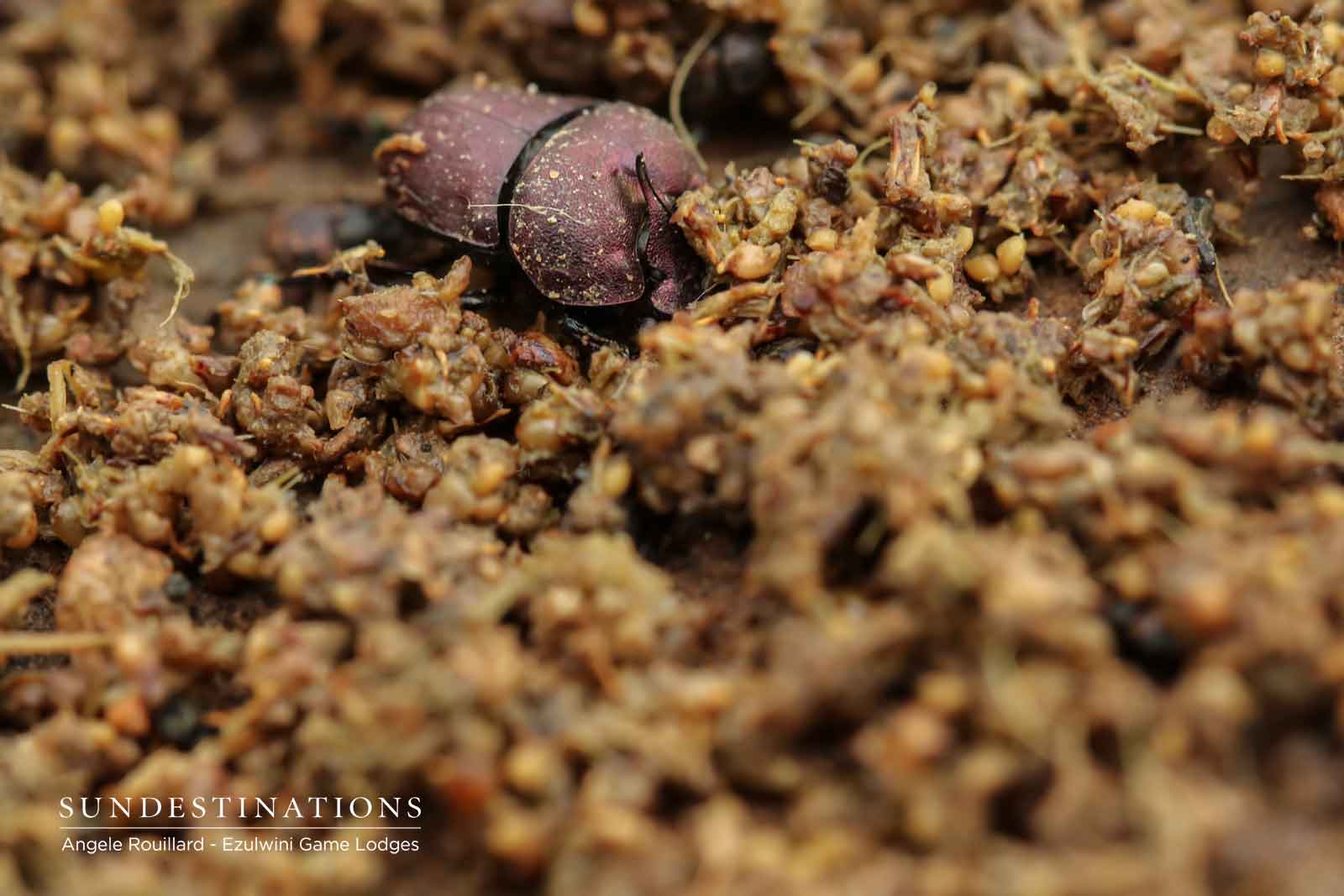
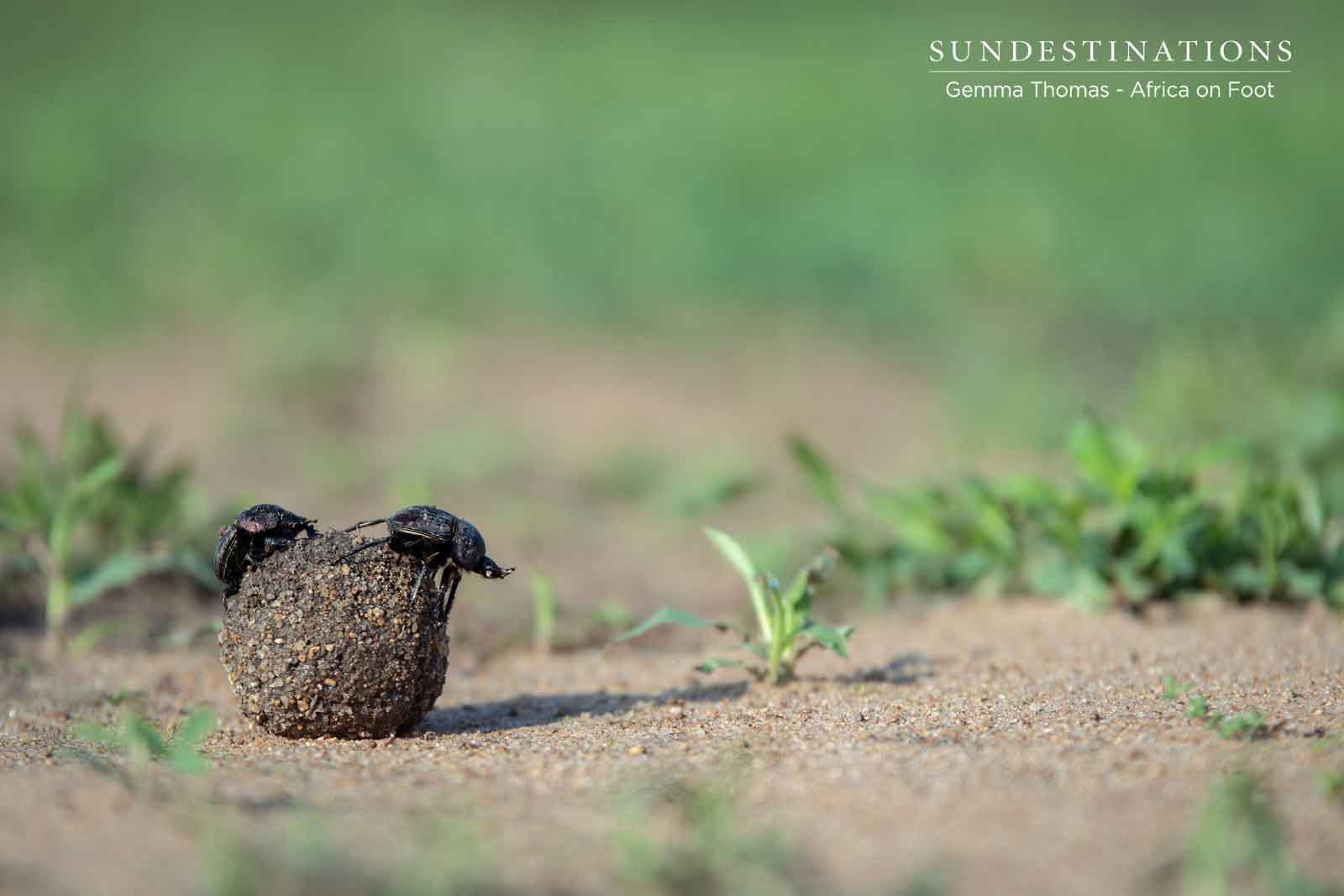
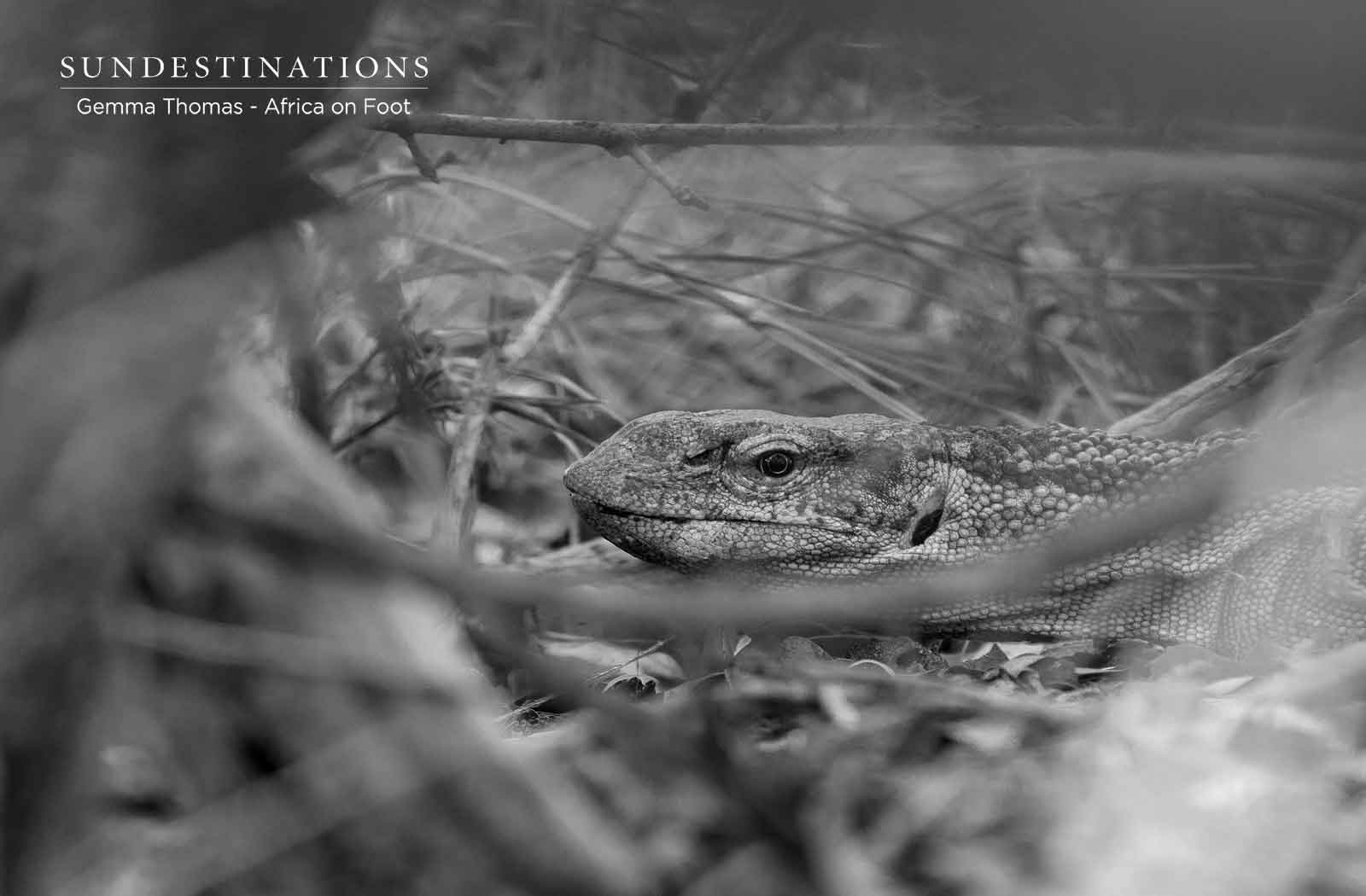
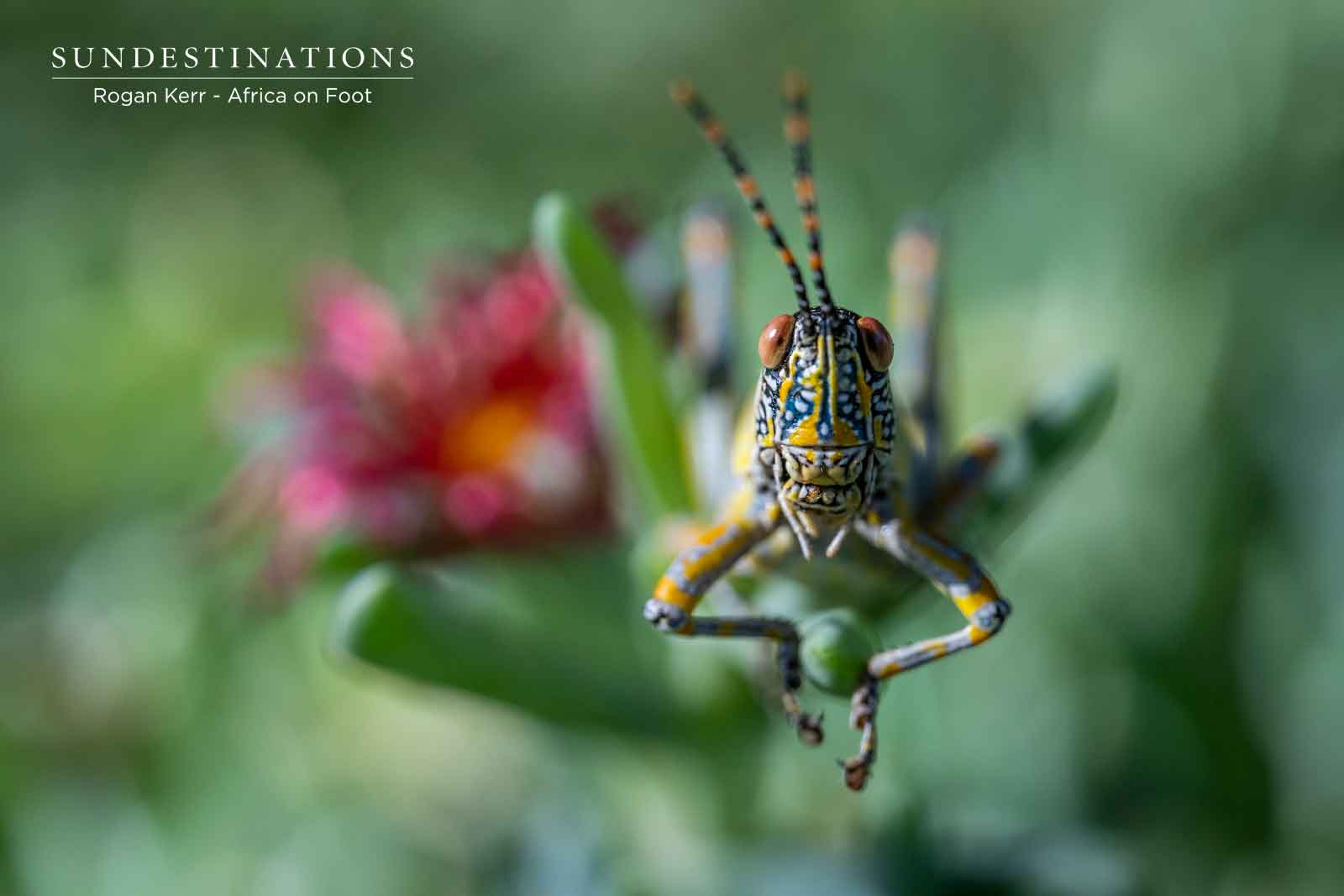
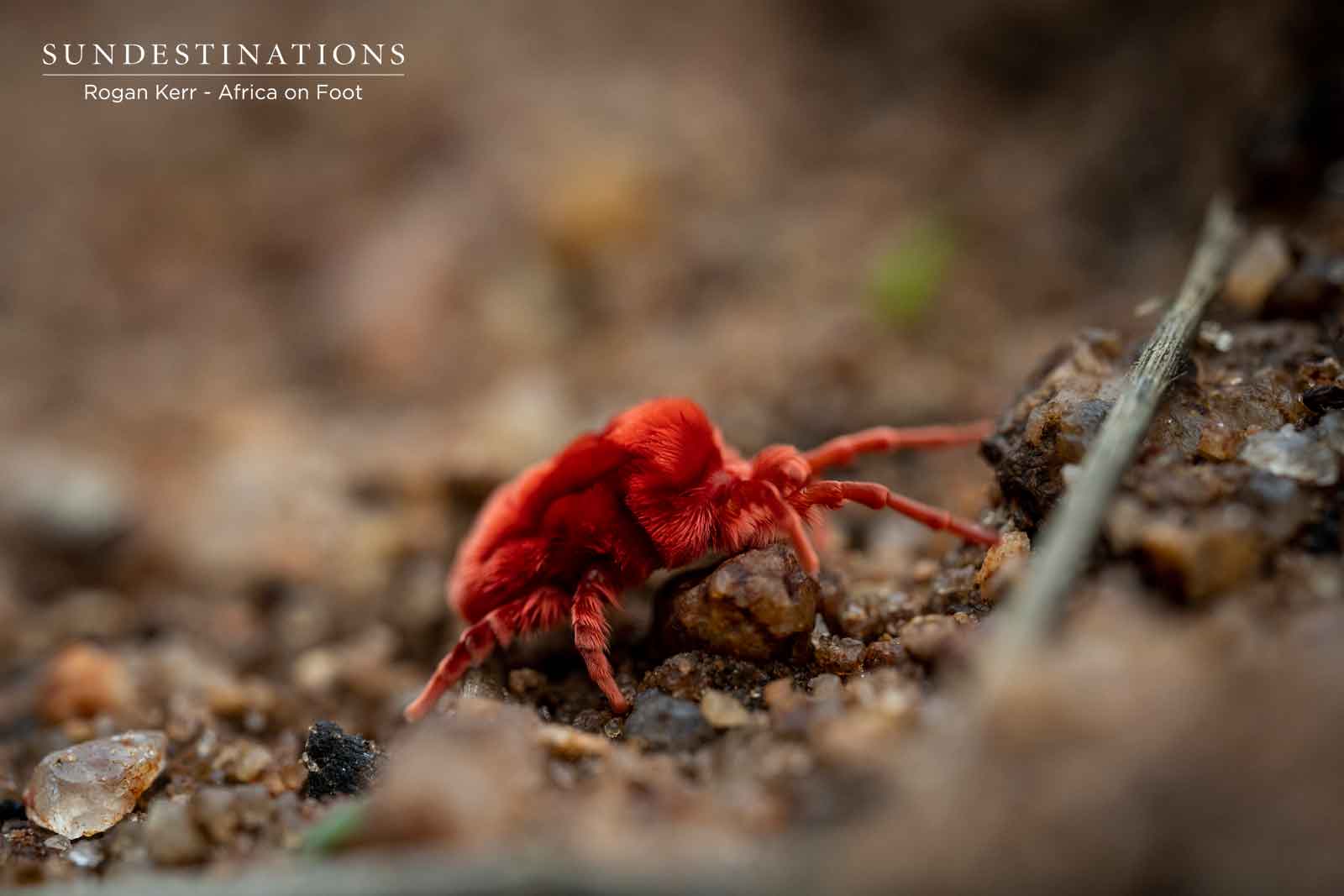
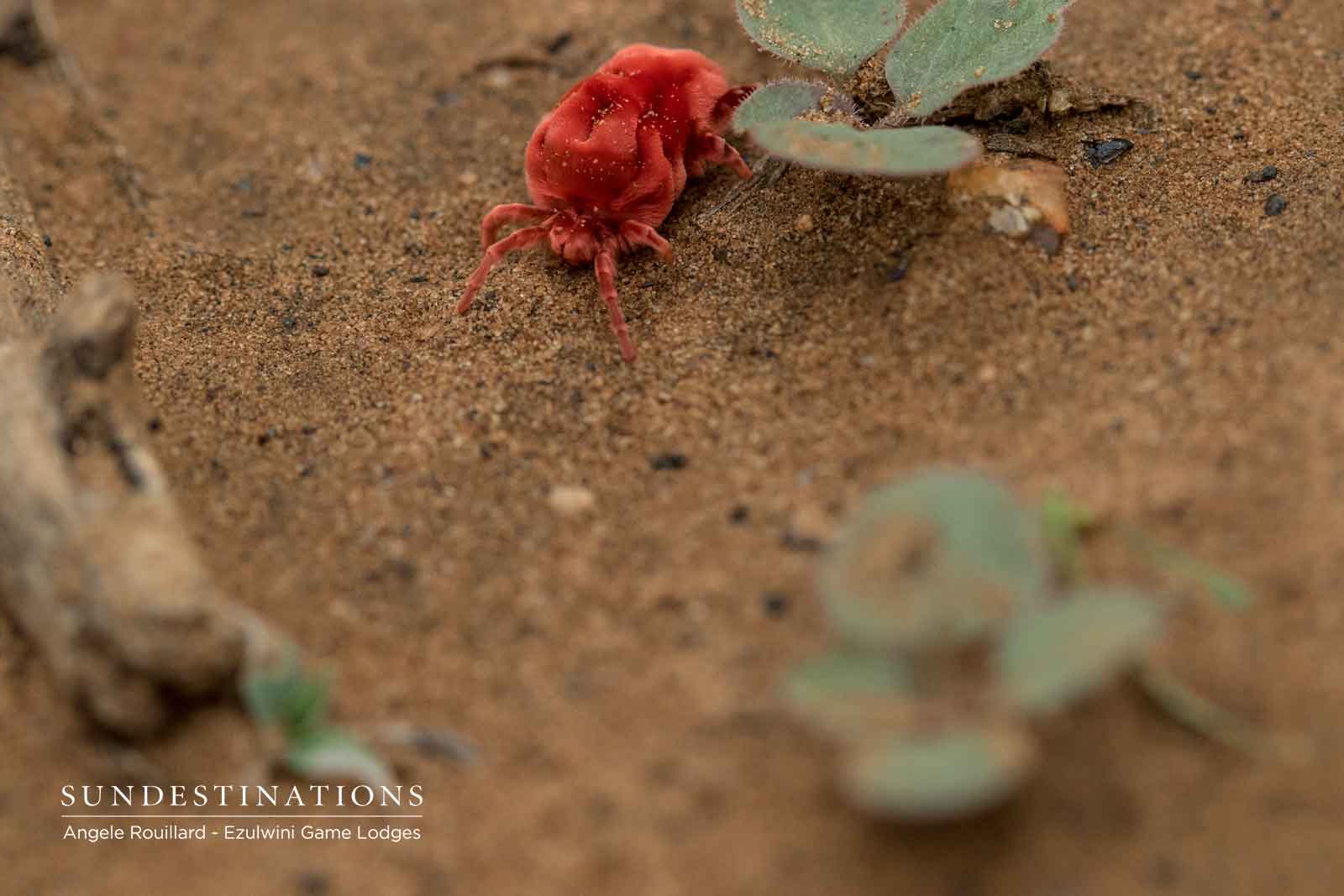
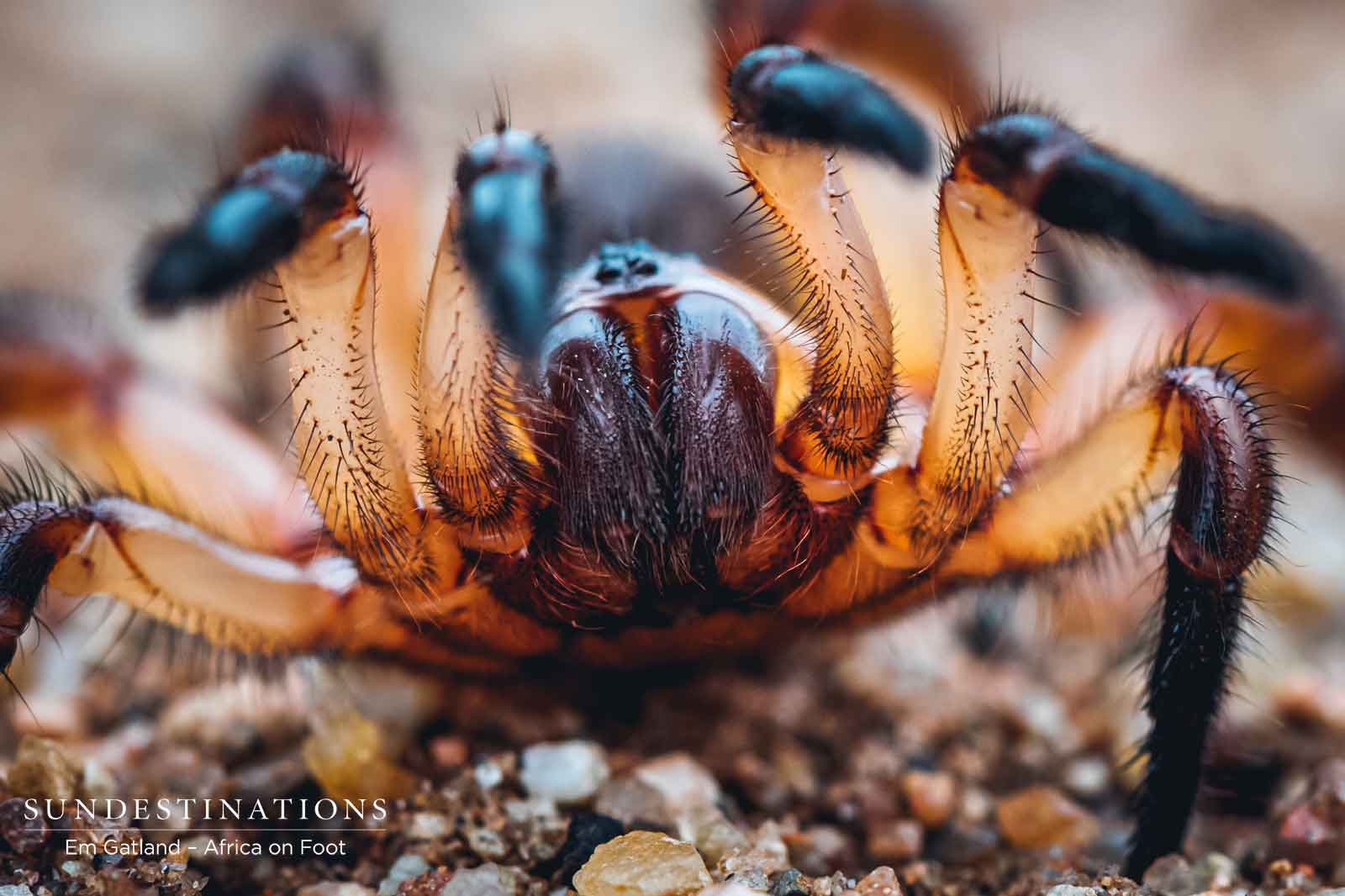
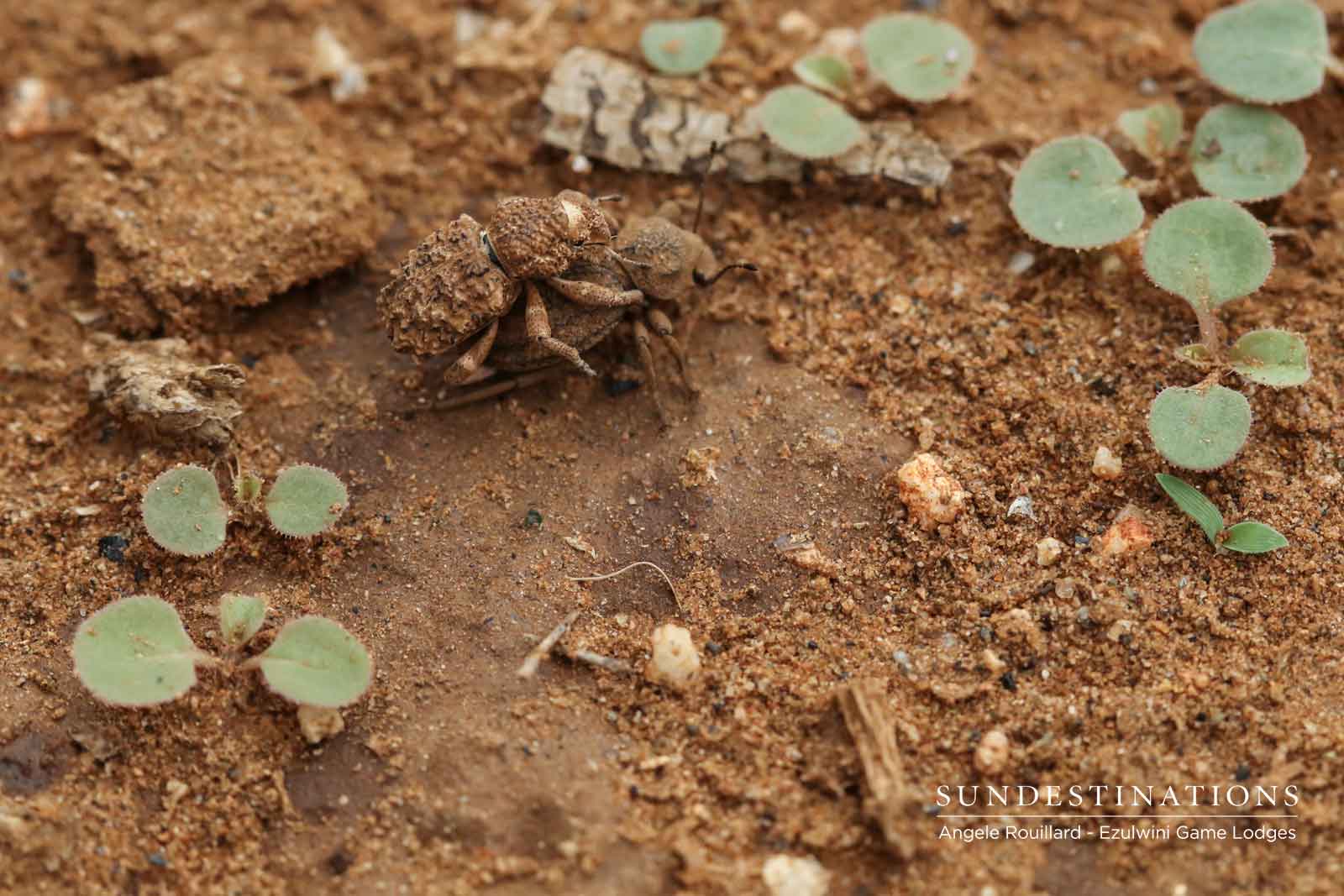
Leave a Comment